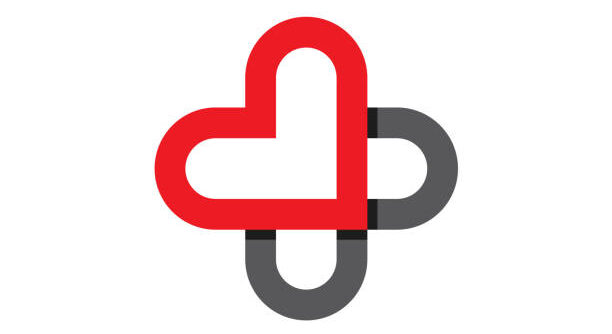
Analyzing medical claims data is essential to fulfilling a self-funded employer’s fiduciary duty, which is to get the best medical benefits for the best price for their employees. However, many employers are struggling with this, accusing third-party administrators of not giving them complete access to their data.
Some employers have taken to suing their TPAs over this, while others have been on the receiving end of lawsuits. For example, a class action lawsuit was filed against JPMorgan in March, alleging that the company mismanaged its employee health and prescription benefits program and caused employees to overpay for premiums and out-of-pocket costs.
However, there are steps employers can take to ensure they’re leveraging their medical data and meeting their fiduciary duty, starting with creating a benefits committee, according to Sherri Samuels-Fuerst, VP advisor of Sargento Cheese and Midwest Business Group on Health board chair.
“Having a cross-functional team, including your CFO, CHRO, legal team, benefit team members and your consultants, who all meet regularly to review the plan’s financial metrics, governance and even basic administration matters to ensure you’re meeting your fiduciary obligations is really best practice,” Samuels-Fuerst said during a Tuesday session at the Midwest Business Group on Health conference in Chicago.
Once this committee is created, Samuels-Fuerst shared seven additional things employers should be doing to fulfill their fiduciary responsibilities:
1. Review your contracts: Employers should be looking through their contracts with TPAs and other partners and reviewing things like terms and definitions mentioned in the contracts, auditing rights, network access fees and more. This will help them identify areas for improvement.
“While it’s not very exciting, details matter, and they matter in our contracts a lot. … Question everything that doesn’t sound right,” Samuels-Fuerst said. “If it says proprietary, be cautious. It may result in a lack of transparency in data processes.”
2. Leverage your request for proposals (RFPs): The best time for employers to get what they want is during the RFP process, which is when employers evaluate which vendor partners they want to work with, according to Samuels-Fuerst. She said during Sargento’s recent RFP process, one of the TPAs had language limiting the employer’s audit rights to 200 claims. Sargento pushed back and requested to have access to all claims, and the TPA agreed.
“You have the leverage during your RFPs, you need to use it,” she said.
3. Create a dashboard: Employers should create a dashboard to monitor and benchmark their healthcare data. Sargento has a dashboard that the benefits committee reviews quarterly and uses to educate the CFO and CEO on healthcare trends over time, Samuels-Fuerst said.
4. Claims analysis: Getting a more detailed claims analysis can help employers understand trends and find opportunities to improve benefits, according to Samuels-Fuerst. Some things they can review are diagnosis trends, emergency room use, Rx utilization and adherence, high-dollar claimants and more. Sargento also has alerts for high-cost claims. For example, with its TPA, it gets alerts for any medical claim over $25,000.
5. Check register audit: A check register is a record-keeping tool to follow all written checks, cash payments and outflows from a bank account. Sargento reviews its check registers weekly.
“Our TPA has our checkbook, and while our finance team balances that checkbook, do we really know that what they’re paying for is legit? … A quick audit can identify potential duplicative claims or significant outliers,” Samuels-Fuerst said.
6. Basic demographics: Employers should cross-tab their basic demographics, such as employee age, gender, race, family size, etc. Benefit leaders should frequently assess whether demographics have changed significantly over time, or will in the future.
7. More data points: Additional data points employers can look at include employee survey results, RAND studies, focus groups and more.
“Make sure you get as much as you can to inform you and help drive your decisions,” Samuels-Fuerst said.
Source: weiyi zhu, Getty Images






